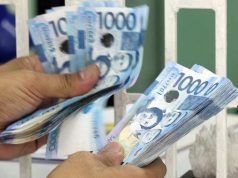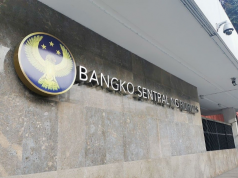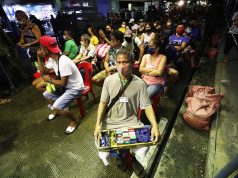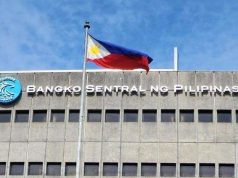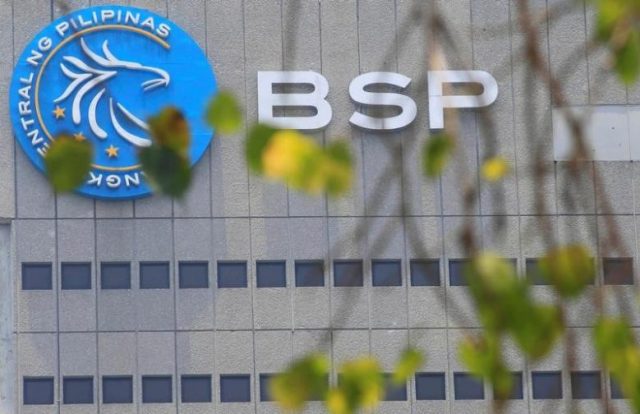
MANILA – Bad debts held by thrift banks picked up by nearly a tenth as of October, although slower than the growth in total loans extended during the period, latest central bank data showed.
Nonperforming loans (NPLs) incurred by thrift banks reached P41.159 billion as of the month, 9.3% higher than the P37.67 billion tallied during the comparable period in 2016, according to the Bangko Sentral ng Pilipinas (BSP).
This amount inched higher from the P40.32 billion in soured loans tallied at end-September.
NPLs refer to debts left unpaid at least 30 days past due date, which are considered as risky assets as these have high risk of default.
The higher NPL stash came on the back of an 11% increase in total loans granted by the lenders, which brought the running tally to P848.746 billion from P764.452 billion a year ago.
Thrift banks are focused on lending to consumers and small-scale firms, which sets them apart from the operations of the bigger universal and commercial banks who cater mostly to corporate clients. This explains the higher NPL ratio compared to the 1.46% held by big banks, as the retail segment is deemed more prone to defaults.
Meanwhile, the value of non-performing assets declined to P21.578 billion compared to P22.537 billion worth of idle properties a year ago. These refer to items of value seized by thrift units from non-paying borrowers which have been posted as collateral, allowing lenders to recover losses from credit defaults.
With the bigger NPL stash, banks chose to raise the buffers they set aside for possible credit losses to P28.287 billion, 5.3% higher than the P26.873 billion as of October 2016. However, the amount is still not enough to cover the entire P41.159 billion in soured debts, as it only accounts for 68.7% of the total.
Despite this, thrift banks saw strong growth in its asset base and bottom line during the period. Deposits grew by 11.6% to hit P941.451 billion, slightly faster than the expansion in loan books. Of the amount, over 90% have been deployed to lending.
Thrift banks also saw bigger profits this year with P12.271 billion in cumulative net income from January to September, jumping by 17.2% from P10.47 billion booked during the same nine-month period last year.
As of June, there are 57 thrift lenders operating in the Philippines.
The BSP monitors loan and asset quality of banks and financial firms in order to maintain the soundness of the local financial system.
International credit raters have cited the banking system as a pillar of strength for the Philippine economy, even as some raised concerns over rapid credit growth seen in recent months.




